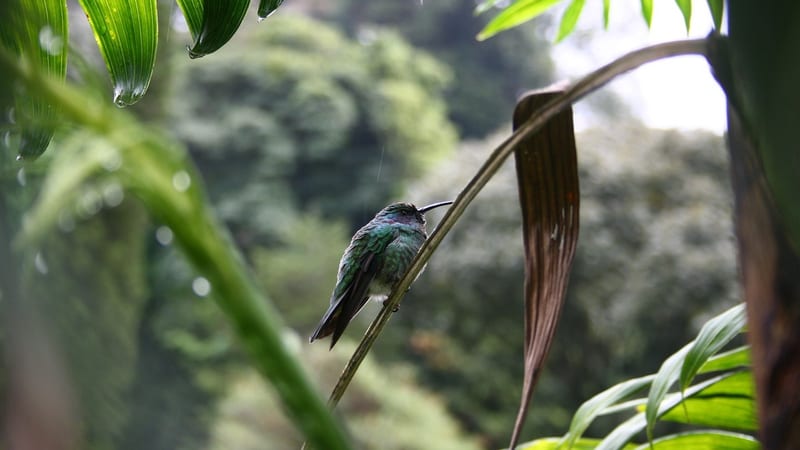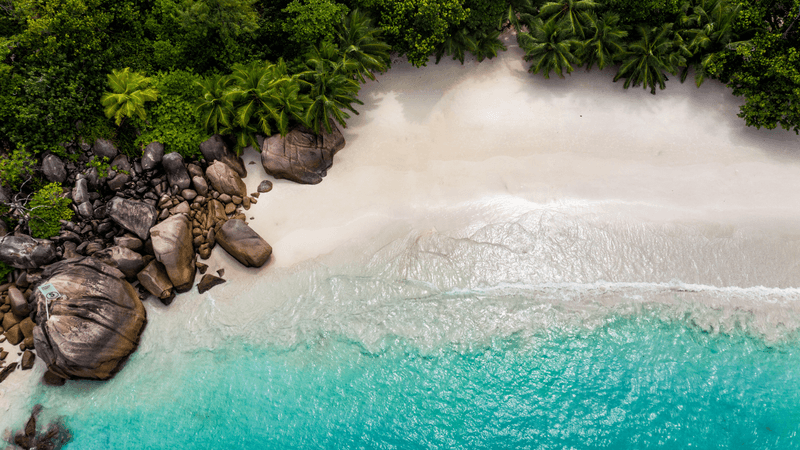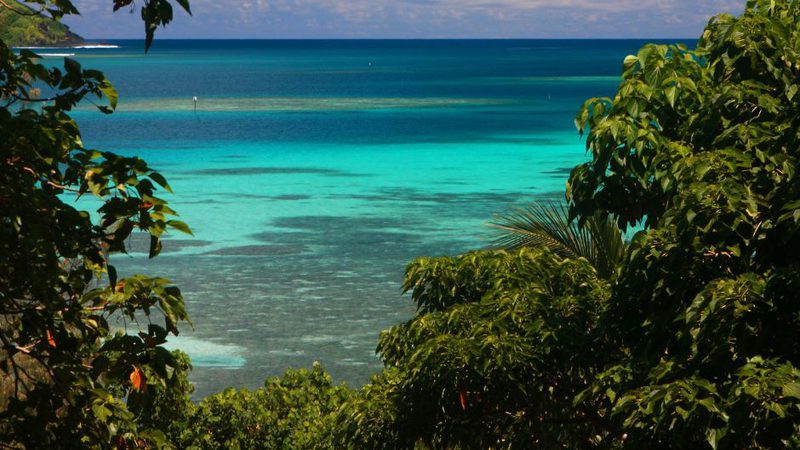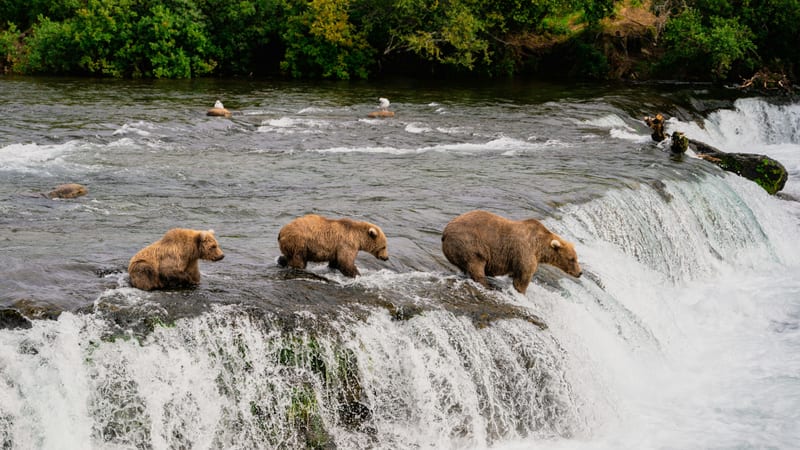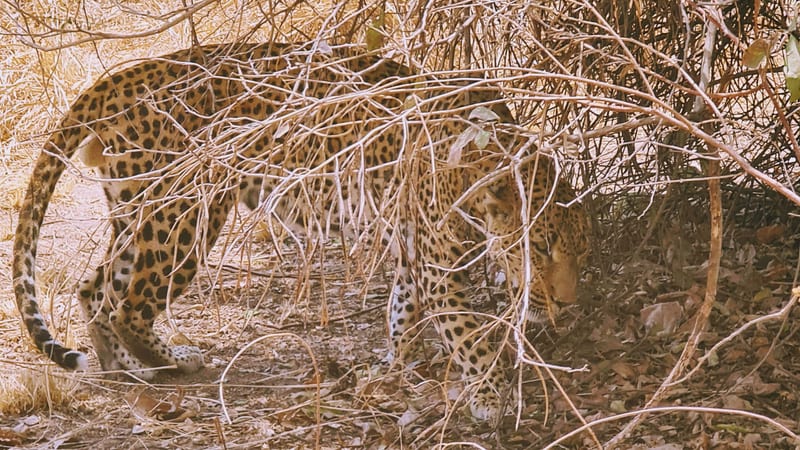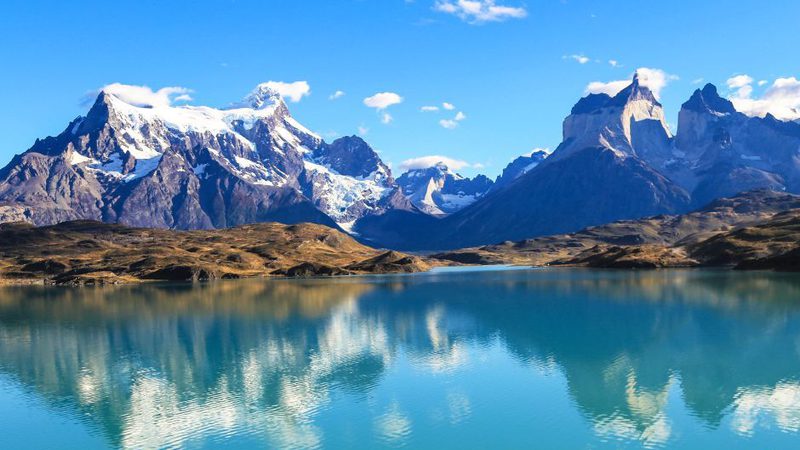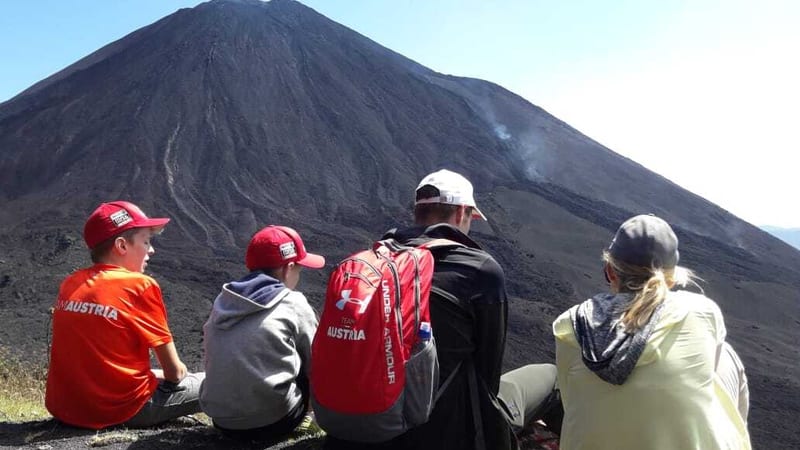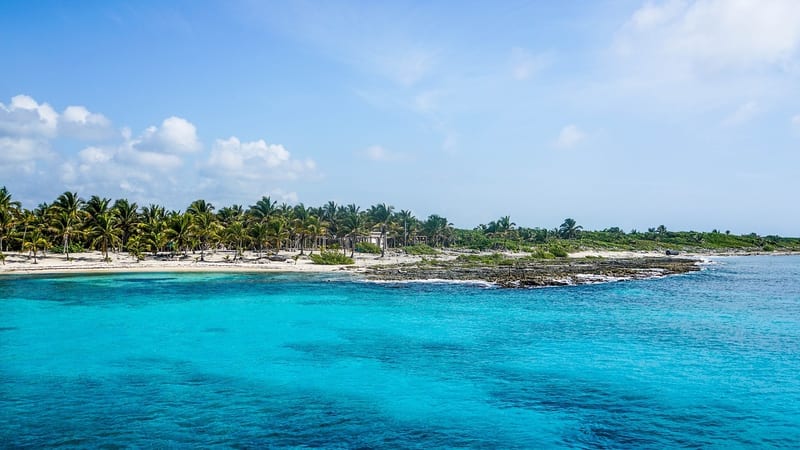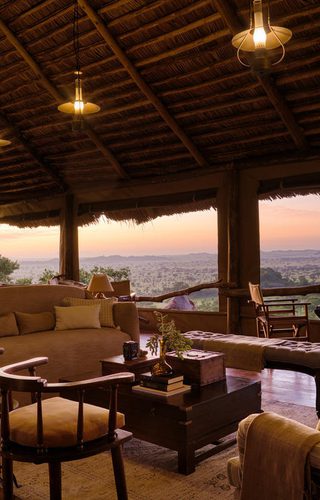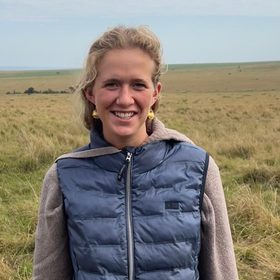A stylish camp ideally situated for viewing the annual migration and the ‘Big 5’.
Location: Serengeti Pioneer Camp enjoy a spectacular setting in the southern-central part of the Serengeti, perched on a series of rocky outcrops (known as kopjes) with panoramic views across the Moru Kopjes and endless surrounding plains. This location is not only visually dramatic, it's also excellent for wildlife - particularly from December to April when the Great Migration herds are often calving nearby. The region is home to strong populations of lions and leopards year-round, and the relative seclusion of the camp means you often have this stunning part of the park largely to yourself. If you're looking for classic Serengeti scenery, exceptional game viewing, and a sense of real Tanzania, this is an ideal base.
Rooms: There are just twelve tented suites at Pioneer Camp, each built to evoke the spirt of the early safari era while offering plenty of comfort. The tents are canvas but very spacious and well-appointed, with large beds, proper furniture, and generous en-suite bathrooms featuring hot running water and flush loos. The design strikes a smart balance - old-school charm with modern touches, such as solar-powered lighting and private verandahs with sweeping views. Thoughtful details like brass basins, leather trunks, and vintage-style furnishings add character without feeling staged. It's understated but elegant - a refined nod to the golden age of safari.
Amenities: The main mess are is set on a kopje, with dining and lounge spaces that make the most of the views. There's also a small library, bar, and an outdoor terrace for sundowners or stargazing. Meals are varied and high quality, with excellent service and flexibility to dine out in the bush or enjoy a more traditional campfire dinner. While there's no pool or spa, the focus here is on atmosphere and experience - it's a place that feels intimate and well run, with a sense of place that's both warm and unpretentious. The team strike a lovely balance between attentive service and giving guests the space to take it all in.
Activities: Pioneer Camp is in prime-big country, and daily game drives are the main activity - expertly led by knowledgeable guides who know the rhythms of the land. Wildlife sightings here are excellent throughout the year, with regular encounters with lions, cheetahs, elephants, and the occasional black rhino around the Moru Kopjes. From January to March, the nearby southern plains are alive with wildebeest calving and the predator action that follows. Full-day drives with bush lunches are a popular option, as are early morning outings followed by relaxed afternoons back at camp. You can also visit the Maasai rock paintings and the nearby Gong Rock, adding a fascinating cultural layer to the safari.
Sustainability: Serengeti Pioneer Camp is run by Elewana Collection, a group with a well-established sustainability ethos. The camp is fully solar-powered, with energy-efficient systems and a clear commitment to reducing its footprint in the park. Water use is carefully managed, and waste is sorted and remove, with minimal single-use plastics. Local employment is a priority, with most of the staff coming from nearby communities and trained through Elewana's development programmes. Conservation fees go directly to supporting park management and anti-poaching efforts, and the camp's operations are designed to work hand in hand with the surrounding ecosystem. It's a strong example of how a premium safari experience can also be a responsible one.
Best places to stay in Serengeti Safaris
Serengeti Safaris Trip Inspiration
When to visit Tanzania
Find out the best time to visit Tanzania with our month by month guide.
- Best
- Good
- Mixed
- Jan
- Feb
- Mar
- Apr
- May
- Jun
- Jul
- Aug
- Sep
- Oct
- Nov
- Dec
January
January is mixed when it comes to weather, temperatures rise whilst the chance of rain and humidity increases. It is still a good time to go, as the rates are lower yet the game viewing is still excellent.
- During this time migratory herds are in the Serengeti for calving season, meaning the Ndutu plains are busy.
February
The weather remains hot with a chance of rain in February.
- Meanwhile in the Ndutu Plains the migration is still occurring.
March
March is the calm before the storm, before heavy rains and humidity builds. Visitors can take great advantage of lower rates during the low season.
- Migrating herds start to leave Ndutu, heading West towards Grumeti.
April
April experiences continued periods of heavy rain, we would advise against travel due to the conditions.
May
During may there is periods of heavy rain, we would advise against travel due to the conditions.
June
June heralds the wet season, bringing lush green vegetation which can make spotting game more difficult. It is a particularly great time for birders as parks become populated by migratory birds especially in the South.
- Migration is still in the Grumeti area, heading north.
July
July is the start of peak season, temperatures reach up to 30 degrees and the surrounding land becomes drier and spotting game is becoming easier.
- The migration is in the Northern Serengeti moving towards Kenya.
August
August is peak season, with bush land drying out game spotting becomes much easier. If you want to experience Tanzania game at its best, August is the time to travel.
- The migration still remains in the north.
September
Peak season continues in September, the Northern circuit can be very busy, if you want to avoid crowds it's best to visit the southern parks.
- The end of the migration is still in the north with herds on both side of the Kenyan and Tanzanian borders.
October
Peak season continues into October with good game viewing in the Serengeti and southern parks.
- The migration has now crossed over into Kenya.
November
November is the start of the rainy season, the rains tend to be overnight so it is still a popular time to travel. During this month you can take advantage of low season rates.
- Migration crossing over into the Serengeti can be seen a the Tanzania and Kenya border.
December
Rains continue in December, whilst the temperature and humidity start to build. Venturing out on safari is generally good, with large game still easily spotted.
- Migrating herds in the north travel south back to Ndutu.
Speak to a Tanzania expert today
and start planning your tailor-made vacation

Alistair





